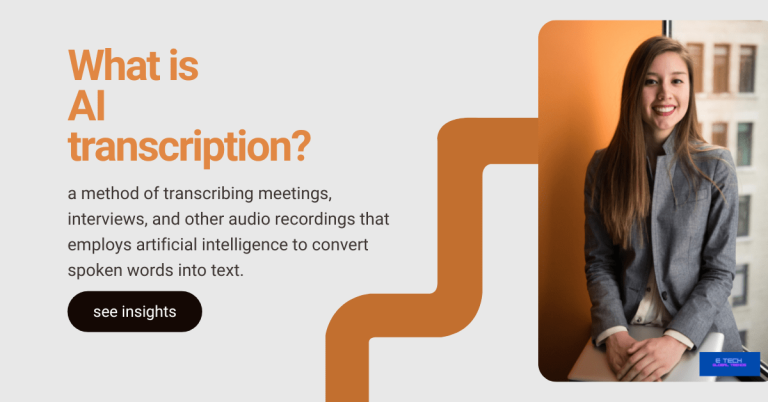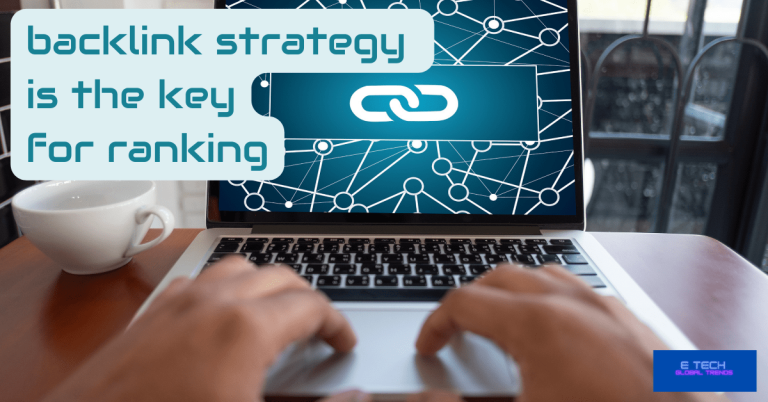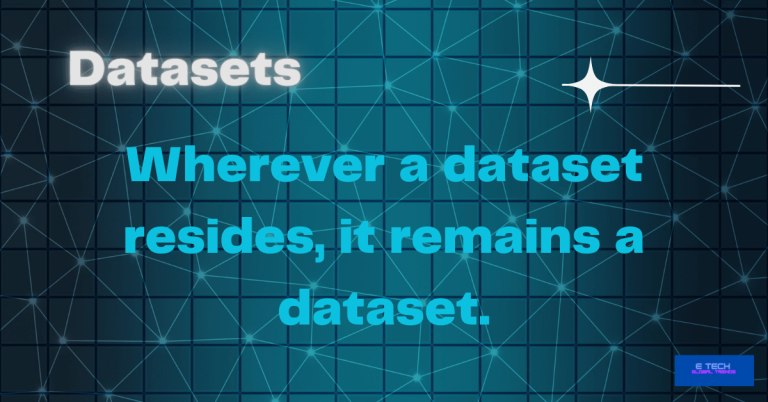Threat intelligence tools
How to secure your data on the net? Well, practically there’s nothing called 100% secure. Cyber security become more and more crucial today. So, the good news is cyber threat intelligence tools are trending and rising rapidly. shall we dive in-depth to use them wisely?
Do not forget to read until the end!
The next big thing in cybersecurity is contextualized threat intelligence technologies,
but why is that?
Recent developments in attack kinds and vectors have compelled organizations to adopt cybersecurity strategies as a fundamental business investment rather than an optional extra.
Firms get aid from Threat intelligence technologies in understanding their most important assets, how to safeguard them, and the right tools needed to assist IT teams in obtaining precise, pertinent, and useful insights.
Though solely from the expert’s perspective, this has sped up threat analysis and decision-making.
It is now necessary for incidents involving networks, brands, and intellectual property to be reported in a flexible. and adjustable manner that every organization’s decision-making stakeholder can comprehend.
As a result, contextualized threat intelligence tools, which fill in the gaps left by traditional threat intelligence tools and function as integrated security tools rather than isolated ones, developed.
How can I identify and reduce cyber threats?
Well, for anything you should have a plan, strategy!
Did you identify cyber threats accurately?
Identification of threats is the practice of thoroughly examining a security ecosystem to identify any malicious activity that could endanger the network.
It’s common sense, don’t wait until the enemy appears at the gate suddenly!
If you can discover, the risk, countermeasures can apply to successfully neutralize it prior to it can exploit any weaknesses that may already exist.
What is Cyber Threat Intelligence?
Cyber threat intelligence(CTI) is the practice of obtaining and analyzing information on cyber threats and adversaries.
At the moment, governments, organizations, and people are becoming increasingly concerned about cyber threats.
The CTI assists in spotting possible dangers and offers details on their effects as well as preventative measures. The attackers’ actions and their tactics, methods, and procedures are capable of tracking using this data.
some of these varieties of sources take advantage of CTI.
including;
- open-source intelligence,
- malware analysis,
- network logs,
- dark web surveillance, and
- social media.
- The gathering is step no.1,
- Then the data evaluation
- Identify patterns and trends
that will help us better understand the threat environment.
Receiving a possible warning of cyber-attacks allows you to keep informed about the many sorts of assaults, which is a major benefit of CTI.
Because it enables companies to recognize new dangers and vulnerabilities while taking preventative action to reduce their risk and thwart an effective assault.
CTI is a trending fact for businesses today. Additionally, CTI can assist organizations in better-allocating resources and prioritizing their security operations.
Additionally, CTI provides information about situational awareness. assisting incident response efforts in the process.
In the modern day, cyber threat intelligence provides a crucial tool for enterprises. Protecting oneself from the growing hazards of cyberattacks is important.
With CTI,
you can gather, evaluate, and disseminate information about cyber threats
and
improve your ability to respond rapidly to cyberattacks.
Organizations must, however, have reputable cybersecurity firms such as Cybernetic Global Intelligence at their sides in order to protect themselves from cyber-security threats and carry out their daily operations without interruption.
Which 4 categories best describe cyber threat intelligence?
Information that is gathered, examined, and used to comprehend and address both present and prospective cyber threats is known as Cyber Threat Intelligence (CTI).
CTI comes in 4 different forms:
1.0 Tactical Intelligence
This kind of CTI is centered on disseminating particular and in-depth knowledge on current risks, such as IP addresses, malware signatures, & attack techniques. Real-time cyberattack detection, prevention, and mitigation are all made possible by this data.
2.0 Technological Intelligence
This kind of CTI is concerned with the technical elements of cyber threats, such as the instruments, strategies, and tactics employed by threat actors. It contains details about malware, exploits, and vulnerabilities and is used to strengthen a company’s technical security measures.
3.0 Strategic intelligence
A larger and more thorough understanding of the landscape of cyber threats is provided by this kind of CTI. Along with an examination of previous and present threats, it contains details regarding the patterns, causes, and strategies employed by threat actors. The overall cybersecurity strategy of a business is informed by this information.
4.0 Business Intelligence
The effects of cyber attacks on an organization’s activities,
such as;
- monetary losses,
- reputational harm, and
- loss of proprietary data.
Business choices around cybersecurity, such as those about risk management and investing in security equipment, are informed by it.
Each form of CTI has a distinct function and applies in various ways to strengthen a company’s cybersecurity posture.
Continuous information gathering, analysis, and distribution from a number of sources are necessary for effective CTI.
What is the basic challenge for cyber threat intelligence assessment?
Yes, this is not easy.
And it’s not just a one-time job!
The sheer amount of data that has to examine. this is one of the major challenges confronting cyber threat intelligence tools.
It is challenging to find important facts. and also trends within the noise when there is an ever-growing volume of data supplied by enterprises.
Due to this, serious dangers may go unnoticed or erroneous alarms may go off, wasting time and money.
The continual evolution of threat actors’ tactics, methods, and procedures (TTPs) makes it difficult for investigators to keep up with the threat environment.
Cyber threat intelligence studies may also compromise a lack of competent employees and analytical tools.
Some essential danger detection techniques are
- Testing for penetration IT security experts may check the infrastructure of their IT systems for weaknesses including unpatched software, login problems, and more.
- automated surveillance techniques Include both manual and automatic threat detection systems.
- Analytics of user activity
By examining user behavior, a company can have a better understanding of normal employee behavior. This includes the kinds of information they access, where and when they log in, and their physical location.
So, don’t forget to follow this important step
additionally
There are some standard ways to assess cyber threats
There are…
1.0 Classify probable dangers:
Collect information on sources, incidents, and vulnerabilities related to cyber threats to categorize various vectors of attack based on their possible effects.
2.0 Choose key security measures:
With the help of the risk intelligence they have obtained, choose the minimum security requirements of the data, networks, & systems.
Utilize tools for threat detection & mitigation
Utilize advanced cyber security techniques to guard against specific attacks after establishing baseline practices.
These methods can comprise instruments for;
- controlling vulnerabilities,
- systems for remote monitoring, and
- approaches for identifying threats.
3.0 Track performance
Even after the risk assessment is complete, keep checking the networks and systems for new vulnerabilities and configuration problems.
Now you are in…
But still, searching for a better one? This’s not “The BEST TOOL”
Then?
Find a matched one for your business, budget, etc.
What are the significant cyber threat intelligence tools?
Well, we are reviewing the following tools.
1.0 vulnerability scanner
Make a tool that scans networks, applications, and systems for weaknesses and generates reports that highlight potential security risks. The tool should also offer recommendations for patching the vulnerabilities.
2.0 Threat Intelligence Platforms
To assist enterprises in recognizing and countering cyber threats, these all-inclusive systems collect, examine, and distribute threat intelligence. Create a platform that gathers threat intelligence from a variety of sources, including;
- open-source intelligence (OSINT) feeds,
- dark web monitoring
- honeypots,
and displays it in an easy-to-use dashboard for analysis and investigation.
3.0 Malware Analysis Tool
Make a program that can examine malware samples and give thorough information on their activities,
Particularly;
- network connections,
- system changes, and
- processes launched.
Additionally, the program must be able to recognize the kind of malware, where it came from, and any associated dangers.
4.0 Forensic Analysis Tool
Create a tool that can examine digital devices-
- file systems,
- memory dumps, and n
- network traffic records for evidence.
- Emails,
- documents, and
- additional artifacts
Make sure to extract from the device the program and presented it in a form that makes further research easier.
5.0 Detecting Insider Threats Tool
Create a monitoring and detection tool. This will keep an eye on personnel and outsiders with access to sensitive information for unusual activity.
The program should have the capacity to identify actions like;
- illicit data access,
- strange login habits, and
- efforts at data exfiltration.
6.0 SIEM (Security Information and Event Management) software
Create a tool for gathering and analyzing security data from diverse sources such as;
- firewalls,
- intrusion detection systems (IDS), and
- other security devices.
To assist in identifying possible security concerns,
the technology is capable of correlating activities and producing warnings in real-time.
7.0 SOAR Tool (Security Orchestration, Automation, and Response)
To automate reaction activities to security events, develop a platform that connects with numerous security products including;
- SIEMs,
- firewalls, &
- endpoint protection systems.
The tool needs to be capable of reacting to occurrences in accordance with preset rules or using machine learning techniques.
8.0 IOC Scanner
This is a program or plugin that can check a system or network for signs of compromise (IOCs), aiding in the early detection of possible security risks.
9.0 Malware Analysis Tool
A program that analyzes malware samples and offers in-depth explanations of how it functions and how to stop it.
10.0 Threat. Intelligence Feeds Dashboard
an application or technology that can offer an effortless dashboard to see and examine the signs of possible cyber risks acquired from different threat information sources.
11.0 Forensics Toolkit
These are a set of tools allowing forensics experts to gather, examine, and provide insights into digital evidence from hacked systems and devices to aid in incident response.
12.0 Threat Hunting Tool
a platform that gives SOC teams the resources and skills they need to assess, connect, and recognize possible security risks in their network.
13.0 SOC Analytics Dashboard
A program or technology that enables investigators from SOC to quickly spot important security patterns and possible attacks using visual dashboards.
14.0 Network Traffic Analysis Tool
a program created to monitor network data and spot unusual traffic patterns that might be signs of security breaches.
Which Threat Intelligence API is the best?
The appropriate threat intelligence API for you will rely on your particular needs and demands. There are several threat intelligence APIs accessible.
- The kinds of threats covered,
- the information sources used,
- the data’s accuracy and dependability,
- the data’s format and structure,
- the rate of updates,
- the APIs’ usability and ability to integrate with your current systems,
and the price is some of the things to think about when assessing threat intelligence APIs.
These are the common threat intelligence APIs
1.0 IBM X-Force Exchange
Access to a sizable repository of threat intelligence information, including details about vulnerabilities, malware, and additional forms of threats, is a possible solution through this API.
2.0 ThreatConnect
This API provides access to a large database of indications of a breach (IOCs), as well as applications for assessing and managing threats, among other threat intelligence services.
3.0 Recorded Future
Access to a variety of real-time and archived threat intelligence data, such as information on cyber threats, vulnerabilities, and other dangers, is made possible through this API.
4.0 VirusTotal:
In addition to a number of tools for evaluating and identifying threats, this API offers the ability to access a database containing millions of samples of malware and other kinds of threats.
5.0 Anomali
Access to a range of threat intelligence sources, such as information on malware, phishing scams, and other dangers, is made possible through this API.
Remember that none of the intelligence APIs is faultless. the information supplied by these APIs should always be verified, and you should only utilize them as a small portion of your total threat intelligence strategy.
What are the most recent advancements in cybersecurity technology?
Are they being utilized to counteract new threats and safeguard the security and privacy of data?
Well, a good question
Shall we closely look in?
In order to counter new and emerging cyber threats, cybersecurity technologies are always improving to keep up with the quickly shifting threat landscape.
Among the most recent advancements in cybersecurity technology are:
1.0 machine learning and artificial intelligence
ML & AI
To improve threat identification, analysis, and response, AI and ML technologies are available in cybersecurity. They can evaluate massive volumes of data automatically, spot trends, and spot abnormalities that can point to online dangers.
The development of prediction models using these technologies is another method for identifying potential risks and vulnerabilities in the future.
2.0 Cloud security
These methods have become more important in securing applications and data in cloud settings as cloud computing has grown in popularity.
- Cloud access security brokers (CASBs),
- cloud-based firewalls,
- cloud security posture management (CSPM)
- cloud encryption,
tools are examples of cloud security technology. These solutions assist enterprises in securing their cloud-based data and applications, as well as protecting against cloud-specific attacks.
3.0 Threat Identification and reaction at the highest level
Advanced threat detection and response systems identify and respond to complex cyber threats such as zero-day attacks and advanced persistent threats (APTs) using advanced approaches.
such as;
- anomaly detection,
- threat intelligence
- behavioral analysis,
These technologies let firms detect and react to attacks in real time, reducing potential damage.
4.0 Zero Trust security
The concept of “zero trust security” demands;
- constant user,
- device, and
- application authentication and
- operates under the presumption
that there is no such thing as “truth.” So,
- Multi-factor authentication (MFA),
- access controls, and
- continuous monitoring
in zero-trust security solutions to make sure that only authorized parties may access systems and data. This strategy reduces the possibility of lateral network migration and unwanted access.
5.0 Privacy-enhancing technologies
Encryption, data masking, & tokenization are examples of privacy-enhancing technologies that are used to safeguard sensitive data and maintain privacy. These tools assist businesses in adhering to data protection laws like;
- General Data Protection Regulation (GDPR)
- reducing the risk of data breaches and unauthorized access.
To successfully safeguard their systems, data, & privacy in the constantly evolving cybersecurity world, organizations need to exercise vigilance and employ the newest cybersecurity technology.
6.0 Information Sharing and threat intelligence
Technologies for exchanging information and threat intelligence make it easier for businesses and security communities to share information about cyber threats and vulnerabilities. With the aid of these technologies, businesses can keep up with the most recent dangers and take preventative steps to safeguard their data and systems.
7.0 Security for the Internet of Things (IoT)
IoT security is now a major problem due to the increase of connected devices.
- Endpoint security,
- network segmentation,
- device authentication, and
- data encryption
are a few examples of IoT security technology. These solutions assist in reducing hazards related to IoT installations and safeguarding IoT devices from online threats.
Summary
Today’s market offers a variety of cyber-threat information products. Here, we discussed the most popular options.
The selection of cyber threat intelligence tools revolves around the unique security requirements, budget, and resources of a company.
Hope this content helps.
Cheers!
Read more on related topics;







